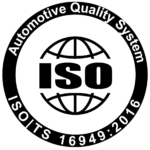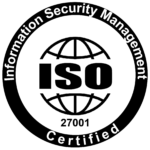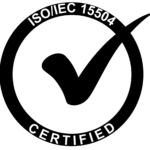- What we do
ENGINEERING
DIGITAL
INDUSTRIES
SOLUTIONS
- Who we are
- Resources
- Contact Us
 Globe | EN
Globe | EN

Client: US Customer
Background: The US Customer sought a solution to track object sensor data on Google Maps in real-time. The objective was to capture sensor data at a remote location, process it, and stream the processed data to a TCP client application at the customer’s office. The hardware components used included NVIDIA Jetson Board, Sierra LTE Gateway, and various sensors. The software stack comprised Linux-based sensors, a Jetson processing system with Linux, an Ubuntu laptop, and a Node-based server framework to receive and display object sensor data on Google Maps. The project also involved recording and playback of object data in JSON format, along with testing and Proof of Concept (PoC) activities.
Solution Provided by Spanidea Technologies:
Conclusion: Spanidea Technologies successfully delivered a solution to track object sensor data on Google Maps for the US Customer. By integrating the hardware components, capturing and processing sensor data, and streaming it to the TCP client application, Spanidea provided real-time monitoring and tracking capabilities. The Node-based server framework facilitated seamless data transfer, and the Google Maps integration allowed visual representation of object positions. The recording and playback feature enhanced data analysis capabilities. Through thorough testing and PoC activities, Spanidea ensured a robust and reliable system for the customer’s tracking requirements.

Get in touch with Spanidea to explore how our software solutions can propel your business forward.




